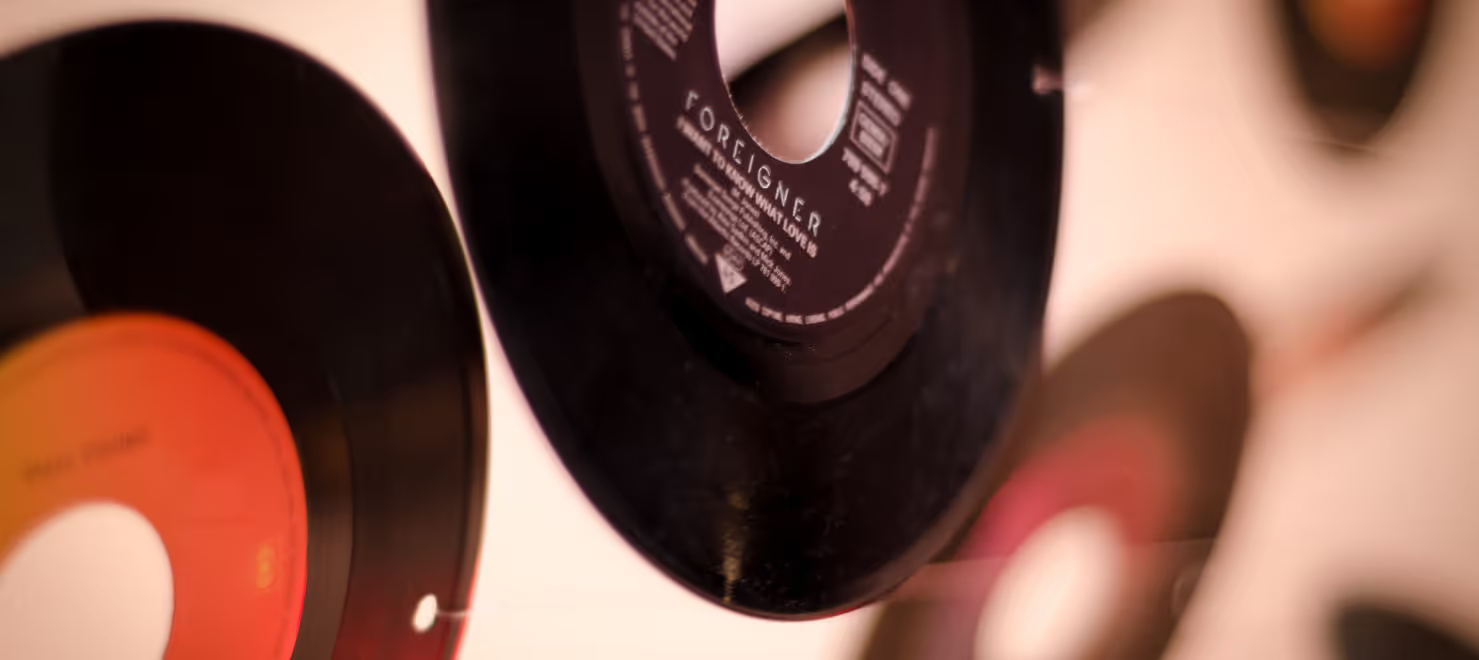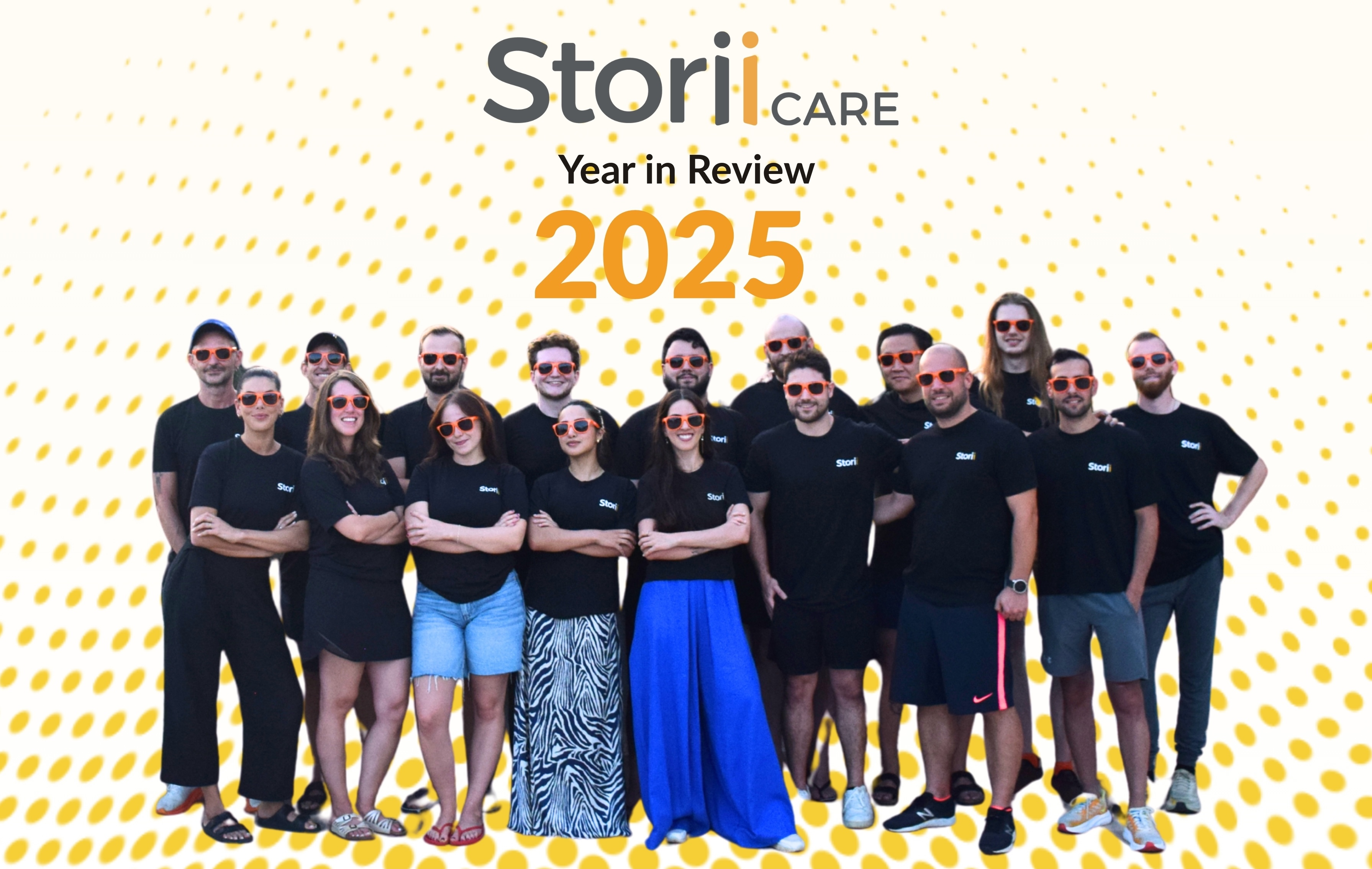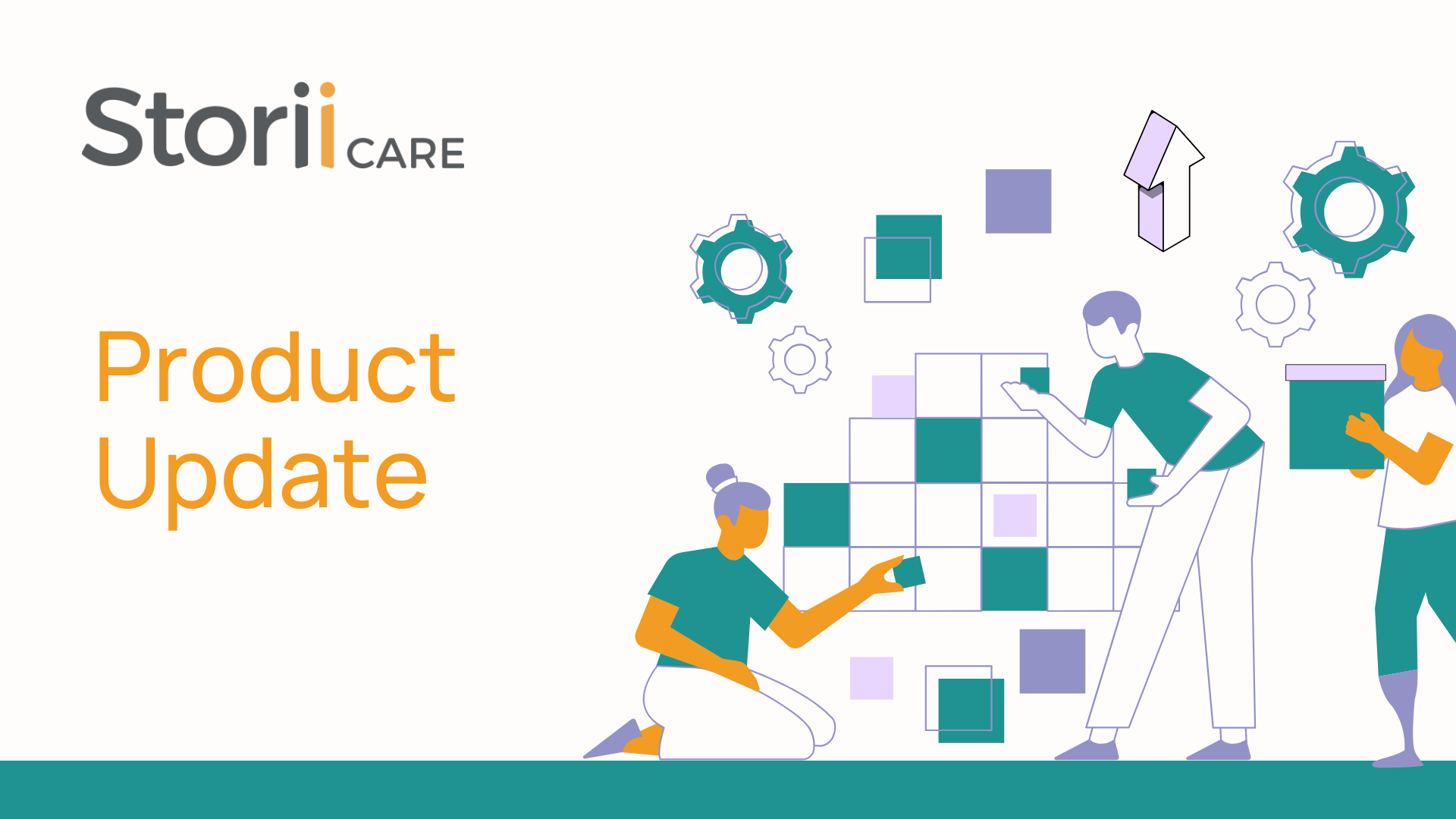Senior Care Activity Ideas: Music Reminiscence Therapy
The benefits of Reminiscence Therapy and music are both well documented. These activities are commonly used and referred to in the context of dementia care. However, the benefits are accessible and powerful for people of all ages and cognitive abilities. Let's explore some ways that Activity Directors or Wellness Coordinators can incorpate the two into their activity programming. They are suited for both residential care or adult day care settings. Additionally, they can be carried out individually or in group settings.
What is Reminiscence Therapy with Music?
Reminiscence therapy is the use of life histories — pictorial, written or spoken — to improve psychological well-being. Reminiscence therapy is one of the most popular psychosocial interventions in dementia care. It has been shown that life story work paired with reminiscence therapy can have a significant impact on wellbeing and happiness. This type of therapy is an effective treatment for care recipients with:
- Memory loss
- Dementia
- Depression
- Anxiety
Listening to music that is familiar and connected to memories of past events will, due to music's emotional impact, stimulate memory associations. This leading, in turn, to a positive effect on depression and anxiety in elderly populations. Particularly, those living with dementia.
What does it look like to combine reminiscence with music? Here are some activity ideas that can be tailored for both group and individual sessions:
Photo Playlists
For a group activity, think of a historical event, pastime or decade to theme around. You'll want to pick something that your participants will all have memories of. Examples might include: The Groovy 60s, WWII era, Fashion/Technology/Housing Through the Ages, Christmases Past, etc. Create a slide show of photos and videos to go with your theme. Videos can beautifully complement photo content (think old TV commercials, news clips, film trailers, radio soundbites, music performances, etc.) Now, put together a playlist of music to accompany it. Here are some great reminiscence resources.
To tailor this for a one-on-one session, you'll want to take a person-centered approach. This may involve consulting a friend or relative to begin with. If a participant is unable to communicate what they'd like to focus on, friends or relatives may be able to contribute media content or ideas.
StoriiCare is an incredible tool for senior care providers to use and offer to families. With StoriiCare, care staff can grant friends and relatives (aka 'Connections') access to their loved one's secure online profile. Through the Storii Family App, connections can upload photos and videos, create playlists and sign up to attend events at the care community. Care staff can use this content to get to know their client better and for reminiscence therapy. They can also share media, announcements and messages with their client's connections. Anytime their loved one participates in an activity, connections are automatically notified. It's a fantastic way to communicate and collaborate, keeping everyone in the loop!

Senior Prom
Music has a way of allowing us to escape our worried, tired minds for a bit. We all know the power of a good tune to make us want to dance, snap our fingers, or bop to the beat. This is true, regardless of age or ability! Consider throwing a "senior prom" for your residents or service users. Any type of dance party will do, really. Silent Discos are becoming a popular option for senior living communities. Couple this with talking about what dances were like when they were young. Where did they go dancing? With who? What kinds of things they were doing when this type of music was popular? What did they wear? Keep notes of these and this can help you with the next reminiscence activity idea.

Engaging All the Senses
Multi-sensory activities are ideal for reminiscence. Each sense can stimulate memories. When used together, or in combination, they can have a more significant impact. When planning the activity, it is helpful to pick a theme. With the theme in mind, pick food and tangible items associated with it. For example, if I were doing an Independence Day themed activity I might have:
See: Have up photos of old 4th of July parades, retro Independence Day advertisements, or fireworks displays. Set up a table with a red checkered table cloth and red, white and blue bunting. Have classic potluck dishes on top.
Hear: Marching band music, 'Yankee Doodle', 'The Star Spangled Banner', 'This Land is Your Land', etc.
Touch: Having items to pass around can help to enrich the experience of the theme of the group. Furthermore, they can be an aid to generating discussion. Group members can be asked questions such as: ‘Is the item familiar to you?’, ‘Have you ever owned one like it/seen it before?’, ‘What do you think about it?’, ‘Do you think it is heavy/light?’ and ‘How would you describe the feel and the texture of it?’
Taste & Smell: The taste, smell and texture of food can be very evocative. It can bring back memories, not just of the particular food itself butalso of a place, setting or time in the participants’ lives. For this theme, one might serve holiday classics like grilled hot dogs and corn on the cob, potato salad, Jell-O salad, cherry or blueberry pie and lemonade. Participants can then be asked questions such as: ‘Do you like the smell of that cherry pie?’, ‘Does it remind you of anything?’ or ‘What did you serve at your 4th of July celebrations?’





.png)












